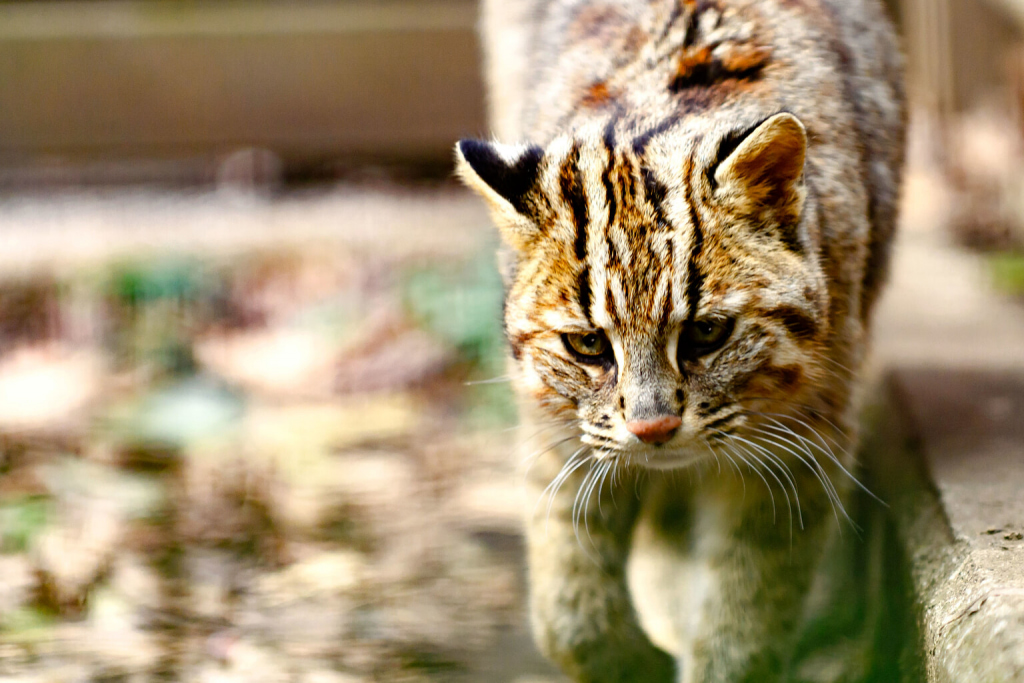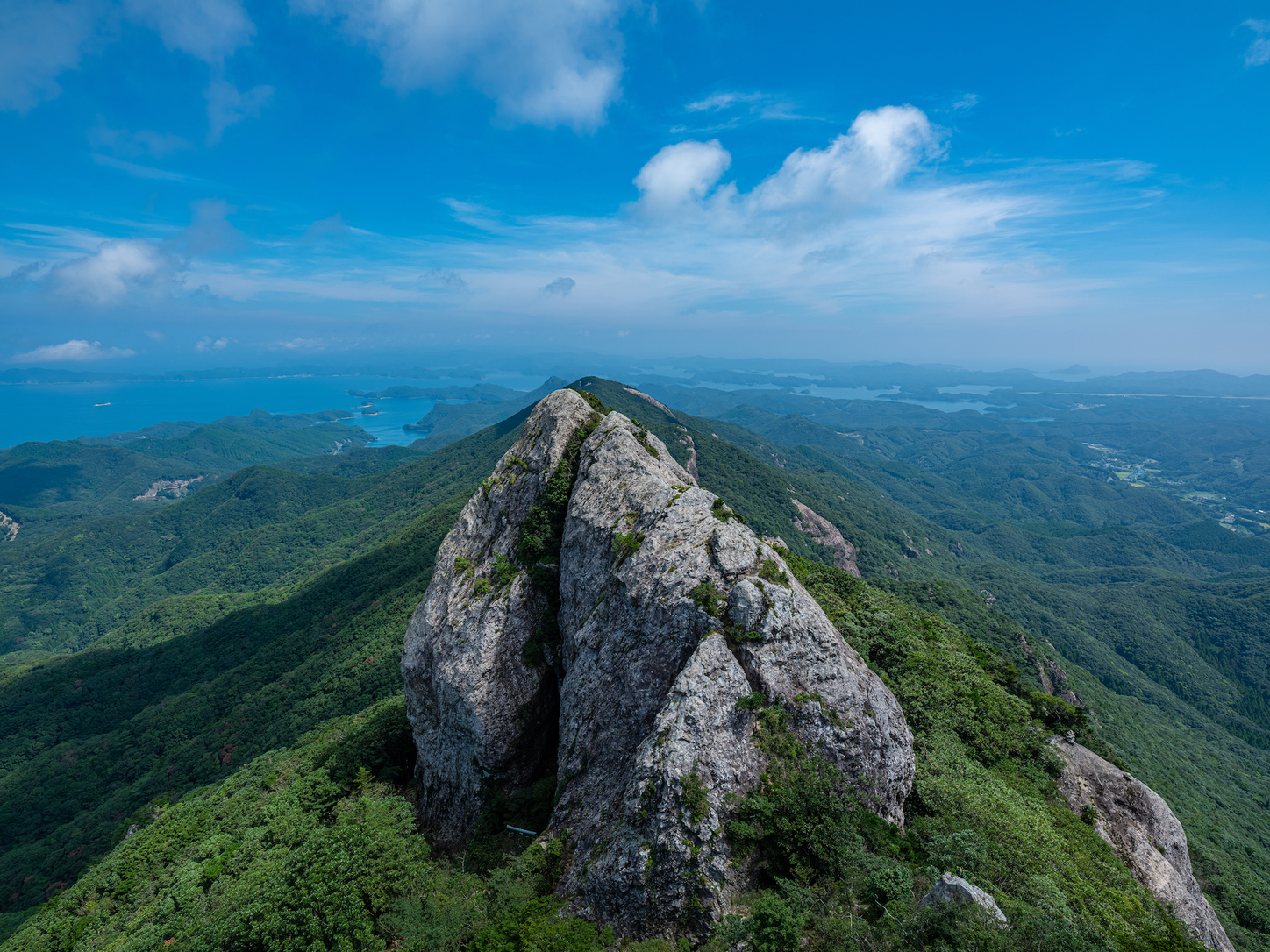
Toshihiro Gamo
1. It’s Geographically Closer to South Korea Than It Is to Japan’s Main Islands
Tsushima is an island in Nagasaki Prefecture that marks the northern border of the Kyushu region. South Korea is only 49.5 kilometers away from the island’s northernmost point. In contrast, Fukuoka city — the nearest city on Kyushu’s main island — is a 138-kilometer trip across the Genkai Sea. If the weather permits, you can see the outline of Busan from observatory decks and mountaintops across the island. Because of its remote location, your best bet traveling here will be by plane from either Nagasaki or Fukuoka, or by ferry from Hakata Port.
2. The Ghost of Tsushima Game is Based on Real Events (Kind of)
Tsushima’s strategic geographic position means it has been an important border island for Japan and served as a front line of defense against Kublai Khan’s attempts to conquer the Japanese archipelago. This is where the Ghost of Tsushima story comes in. There were two major Mongolian Empire raids during the Kamakura period (1185-1333), known as the battles of Bunei and Koan. They took place in 1274 and 1281, respectively. While Jin Sakai — Ghost of Tsushima’s spectral hero and savior (if you’re good enough) — vows to avenge his decimated comrades, the real-life events were far more dramatic.
In the first invasion — the primary inspiration for Ghost of Tsushima’s battles — about 80 mounted Tsushima samurai and retinue, spearheaded by leader Sukekuni So, faced about 8,000 soldiers on 900 ships.* Though they fought bravely, the battle went as well as expected: the invasion was successful and it only took a few days for the Mongolian troops to take over the whole island. At some point after the Mongolians had attacked Iki Island and set their sights on Hakata Bay, a storm disrupted their attack and they lost hundreds of battleships and thousands of men to the sea.
The second major invasion reportedly boasted a force of 142,000 men and over 4,000 ships.* After multiple attacks in July and August, leaving several hundreds of islanders on both Tsushima and Iki dead, a massive typhoon (by all accounts a literal kamikaze, or divine wind) destroyed the Mongolian fleets at anchor nearby, even destroying ships that had retreated to Imari Bay for shelter.
*There has been, understandably, some skepticism among scholars over the numbers recorded.
3. You Can Visit Many of the Ghost of Tsushima Locations in Real Life
Because Ghost of Tsushima uses elements from real historical events, visitors can explore locations that are both historically significant and feature in the game. Komoda Beach, where Mongolian forces decimated Tsushima troops in the first invasion, is now a peaceful, white sand beach, excellent for taking a dip. Watazumi Shrine, with its magnificent floating torii gates, is another recognizable game destination. The Kaneda Fortress Ruins, which cover Mount Joyama, served as Tsushima’s front line of defense for centuries. Find more real-life Ghost of Tsushima locations here.
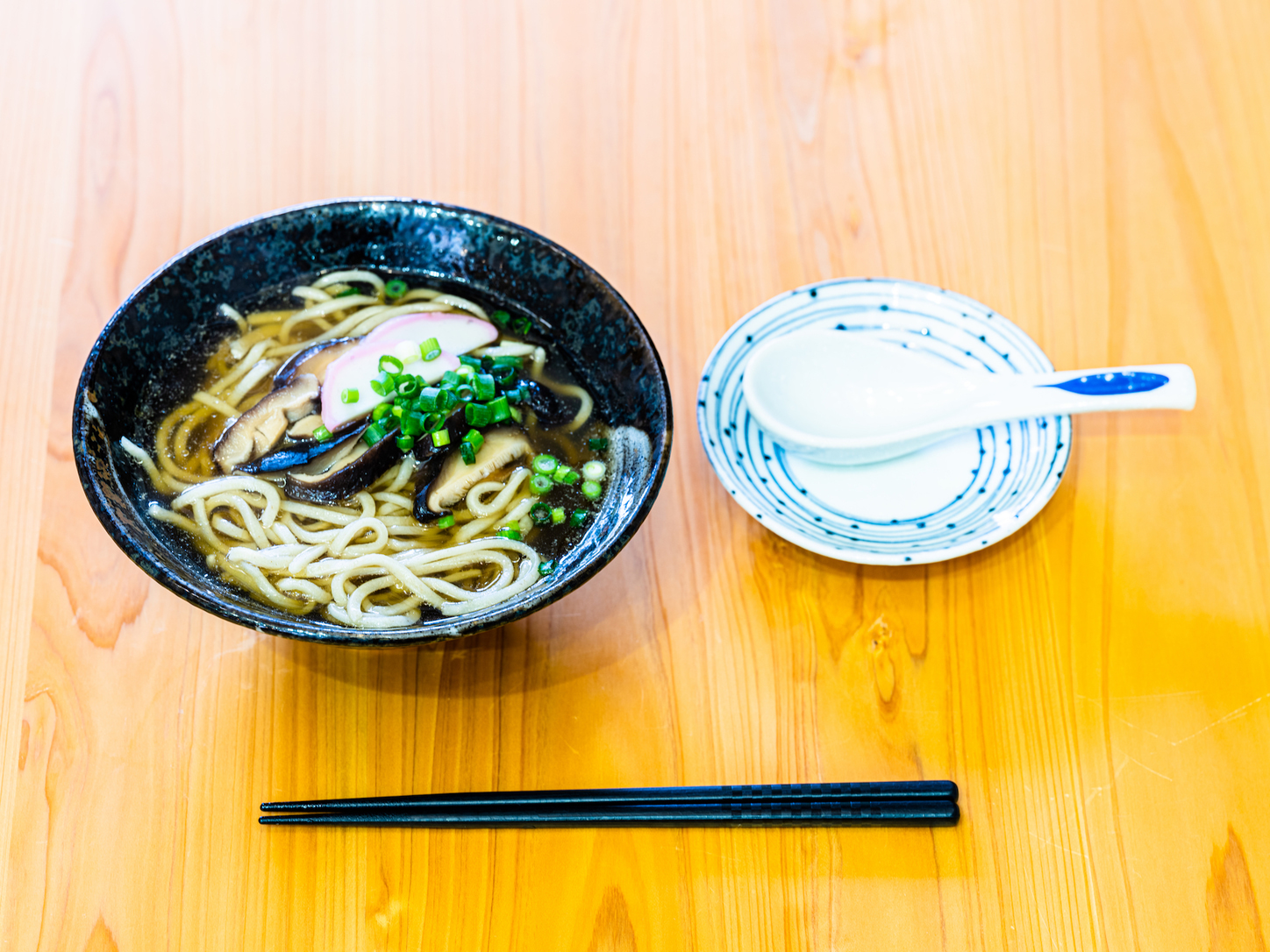
4. Tsushima Has a Selection of Its Own Glorious Cuisine
Moving on from war, death and destruction, Tsushima also has a thriving culinary culture. From rokube — a noodle dish made using sweet potato flour — to fresh conger eel, there is a surprising variety of delectable dishes here. It also purports to be the first entry point of soba into Japan, so the buckwheat cultivated here is closer to its wild grassy ancestor than you’ll find elsewhere. Find out more about the island’s culinary specialties here.
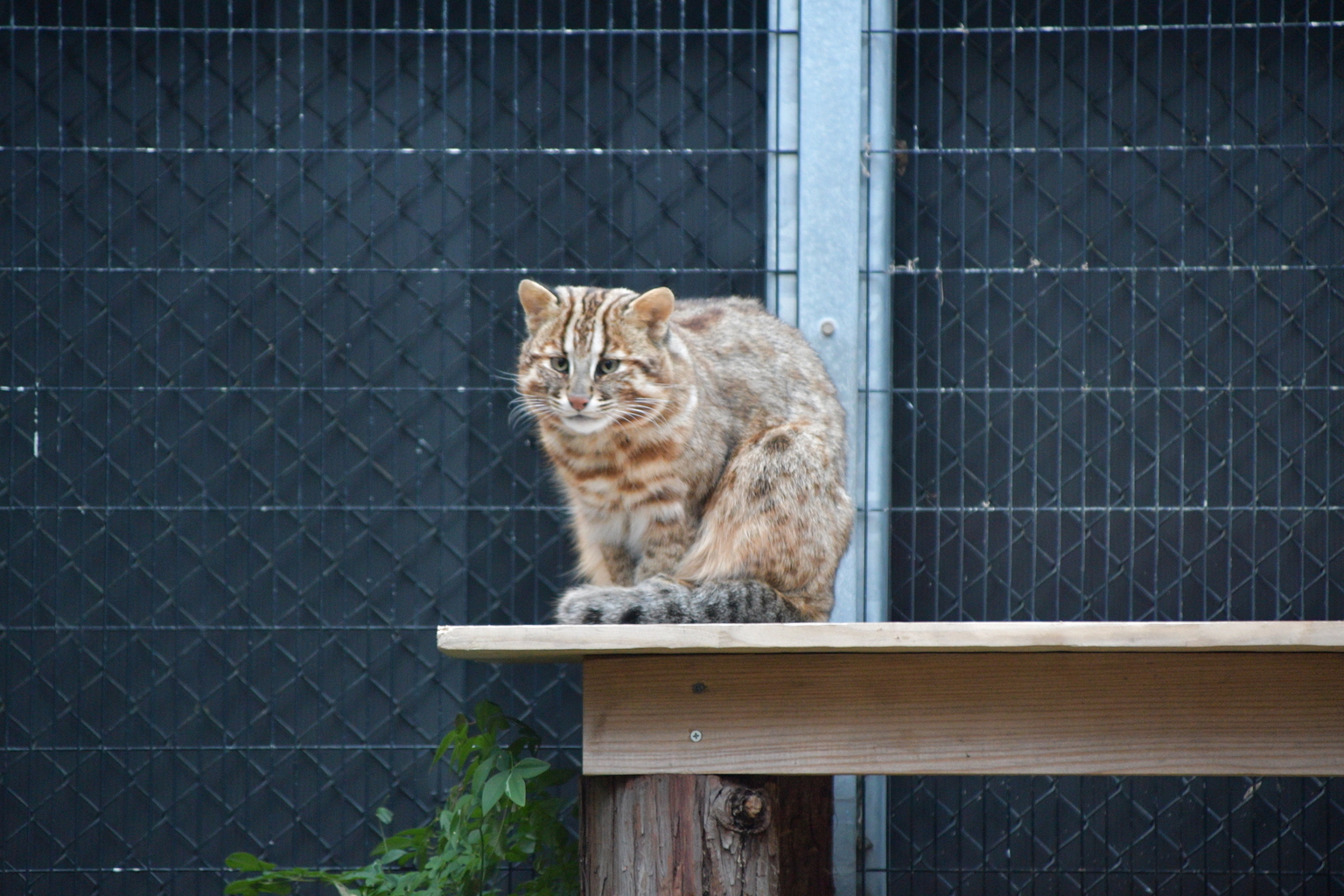
5. It’s Home to the Tsushima Yamaneko (and Other Rare Wildlife)
Before Tsushima drifted into its current ocean location, it was connected to the Asian continent. It has developed a unique ecosystem over the many millennia since then and has several endemic species. The cutest — and possibly most endangered — is the Tsushima yamaneko, a wild mountain cat whose image is found gracing rice bags, sake logos and on island merchandise. There are fewer than 100 of these adorable creatures in the wild. Visitors can catch a glimpse of one on display at the Tsushima Wildlife Conservation Center, where injured yamaneko are treated and re-released into the wild.
You’ll also find black-capped kingfishers, otherwise only seen on Heguri Island in Ishikawa Prefecture and on the Oki Islands in Shimane. The baekunsan daylily is another island-bound species. Also — and quite importantly — Tsushima is the only place in Japan that is solely populated by Japanese honeybees (with no western honeybees in sight). Homemade beehives dot the hills by the side of the road, encouraging swarms to make these safe spaces their homes.

6. The Legend of the Beautiful Woman (and Her Grave)
Though there are similar folk legends in Japan, the Tsushima version is unique for a number of reasons. The most significant one, however, is the amazing signpost that guides you to the historic monument that regales the legend and supposedly marks her resting place. In the Tsushima version* of this story, a young (and beautiful) woman named Tsuru-o was minding her business in the village of Tsutsu, taking care of her frail mother.
A higher-up at a castle spotted her and demanded that she become his courtesan. Not wanting to leave her mother, she refused. Obviously, that was not an option. Tsuru-o was carted off in a palanquin to take on her new role. On the way, she asked to be let out so she could take a bathroom break. Well in the woods, she took her own life by biting her tongue and bleeding to death — but not before releasing a horrifying curse into the world. “If we must suffer because of our beauty, then may no more beautiful women be born in this village.”
We assume she meant well. Also, we cannot comment on whether the curse had any effect or not.
*With some discrepancies to the official monument story, as multiple renditions with juicier details were shared.
7. Shushi Momiji Kaido is One of Japan’s Best Fall Foliage Spots
You heard it here first. Shushi Momiji Kaido, or Shushi Maple Road, is a 7-kilometer stretch lined with maple trees that becomes a stream of fiery red in the fall. There are several places to park near the best and most concentrated areas, where you can explore further. Streams run parallel to the road in some areas, making it an ideal place to have a picnic and enjoy the vibrant colors at your leisure.
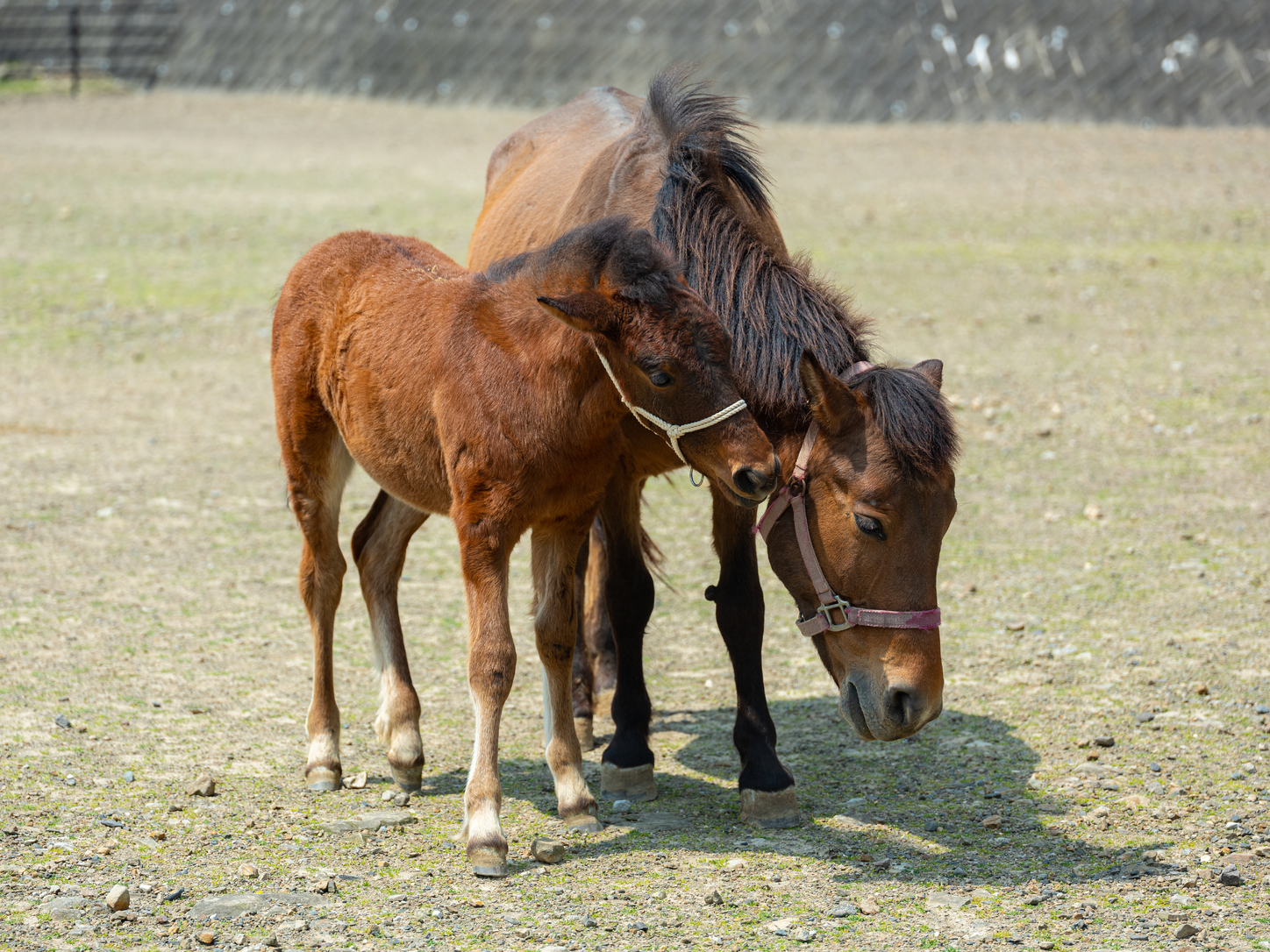
8. It’s the Home of the Petite Native Taishu Horse
The Taishu horse, like the equine in Yonaguni Island, is an indigenous Japanese breed. There are fewer than 40 of them on Tsushima and fewer than 50 of them in all of Japan. They are, purportedly, the first horses to come to Japan via Mongolia, China and Korea in the 4th-6th centuries. Records show that there were horses on the island at least as early as 739, and likely well before that.
First used as vehicles for warfare, the Taishu horse later became an integral part of the island farming community as it helped plow the fields and carry loads of up to 130-150kg — no small amount given its diminutive size. Since the widespread use of cars and other motorized machinery, the number of horses has dramatically decreased. Visitors can find a few of them hanging around in a field at Toyoko Inn Tsushima Hitakatsu and soon also at a facility run by the Taishu Horse Preservation Association.
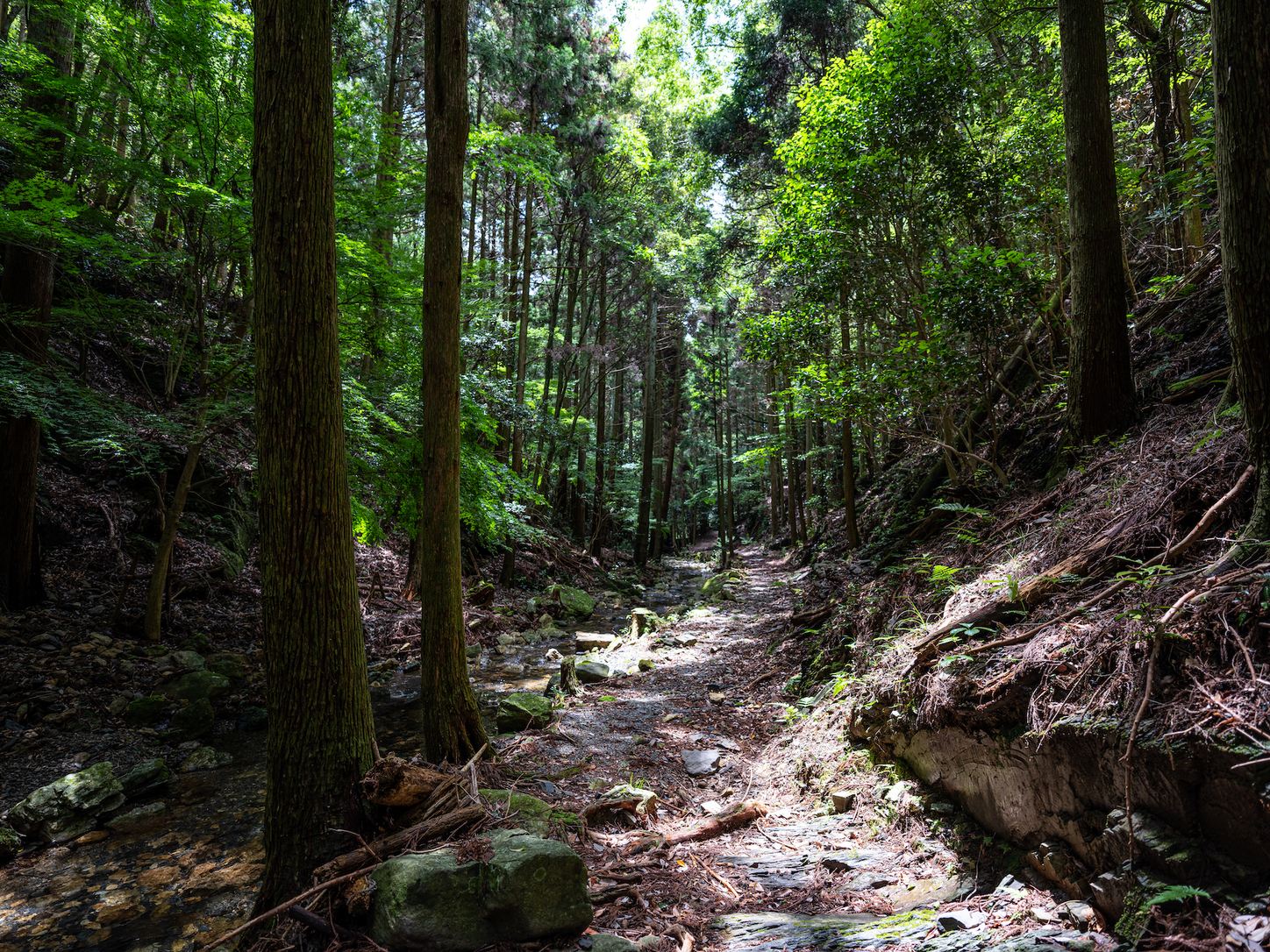
9. Tsushima Has Amazing Hiking Trails and Mountains
With almost 90 percent of the island’s surface area covered in mountains and forests, Tsushima is a great place for deep nature experiences. There are multiple hiking trails across the island, ranging from fairly easy to an experts-only climb to the top of Mount Shiratake, one of Tsushima’s most notable landmarks. Don’t let its minute size fool you. It may only be 519 meters high — even Tokyo’s weekend escape, Mount Takao, stands 599 meters tall — but the climb is steep and treacherous.
For those willing to risk it, the rewards are great: Mount Shiratake is national natural monument thanks to its rich biodiversity and primeval forest. Less experienced trekkers should head to Mount Joyama, where Kaneda Castle Ruins scatter the hillsides. First constructed in 667, it’s a spectacular physical display of Tsushima’s tumultuous history. From the summit you can see the dozens more uninhabited islands that make up Tsushima, as well as the Korean Peninsula, on a clear day.

